Onryo
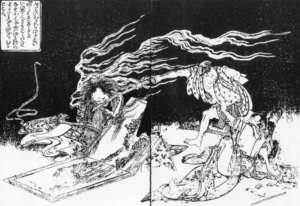
Onryo
Onryo, in traditional Japanese beliefs, refers to a ghost that is capable of causing harm to the world of the living. It would harm, or even kill its enemies. Some times it is recorded to cause natural disasters. Every harmful action is made to exact its vengeance or to make the wrongs made to the ghost a right. Onryo translates to a vengeful spirit.
The idea behind onryo can be found all the way back to the 8th century. This idea is based on the belief that a enrage soul can interact with the world of the living. The first record of the onryo can be found in the chronicle Shoku Nihongi in 797.
Traditionally in Japan, onryo driven by vengeance were thought capable of causing not only their enemy’s death, as in the case of Hirotsugu’s vengeful spirit held responsible for killing the priest Genbō, but causing natural disasters such as earthquakes, fires, storms, drought, famine, and pestilence, as in the case of Prince Sawara’s spirit embittered against his brother, the Emperor Kanmu. In common parlance, such vengeance exacted by supernatural beings or forces is termed tatari
Oiwa is probably the most famous onryo
The story tells about a husband that is a target of the onryo’s vengeance. The ghost rather than physically harm the husband targets the man’s mental state with psychological torment.
A well-known example of appeasement of the onryo spirit is the case of Sugawara no Michizane, who had been politically disgraced and died in exile. It was believed to cause the death of his calumniators in quick succession, as well as catastrophes (especially lightning damage), and the court tried to appease the wrathful spirit by restoring Michizane’s old rank and position.
Michizane became deified in the cult of the Tenjin, with Tenman-gū shrines erected around him.
Source: Wikipedia

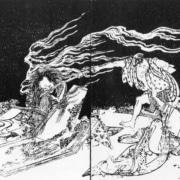


 A mysterious monolith has been discovered by a pilot in the Utah desert.
A mysterious monolith has been discovered by a pilot in the Utah desert.
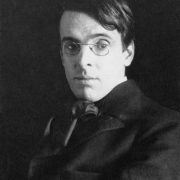
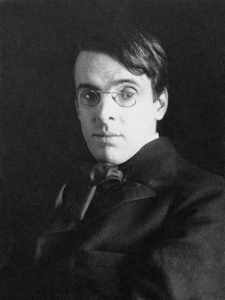
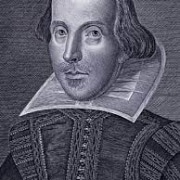
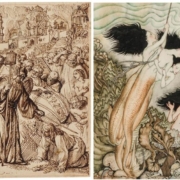 Image credits: (l.) Rembrandt School (Dutch, 17th Century), The Angel Saves Lot and His Family, c. 1660. Pen and brown ink on buff paper, red chalk framing lines. 159 x 129 mm. (r.) Arthur Rackham (British 1867-1939). The Tempest, 1925. Pen and ink with watercolor, 11.5 x 9.5 inches.
Image credits: (l.) Rembrandt School (Dutch, 17th Century), The Angel Saves Lot and His Family, c. 1660. Pen and brown ink on buff paper, red chalk framing lines. 159 x 129 mm. (r.) Arthur Rackham (British 1867-1939). The Tempest, 1925. Pen and ink with watercolor, 11.5 x 9.5 inches.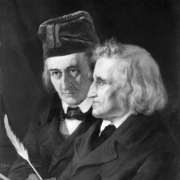
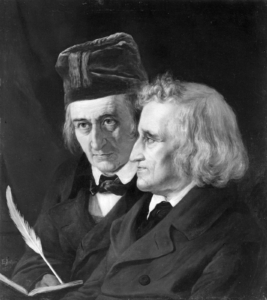
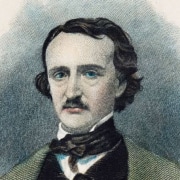
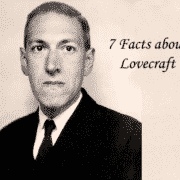 weird-side.com
weird-side.com